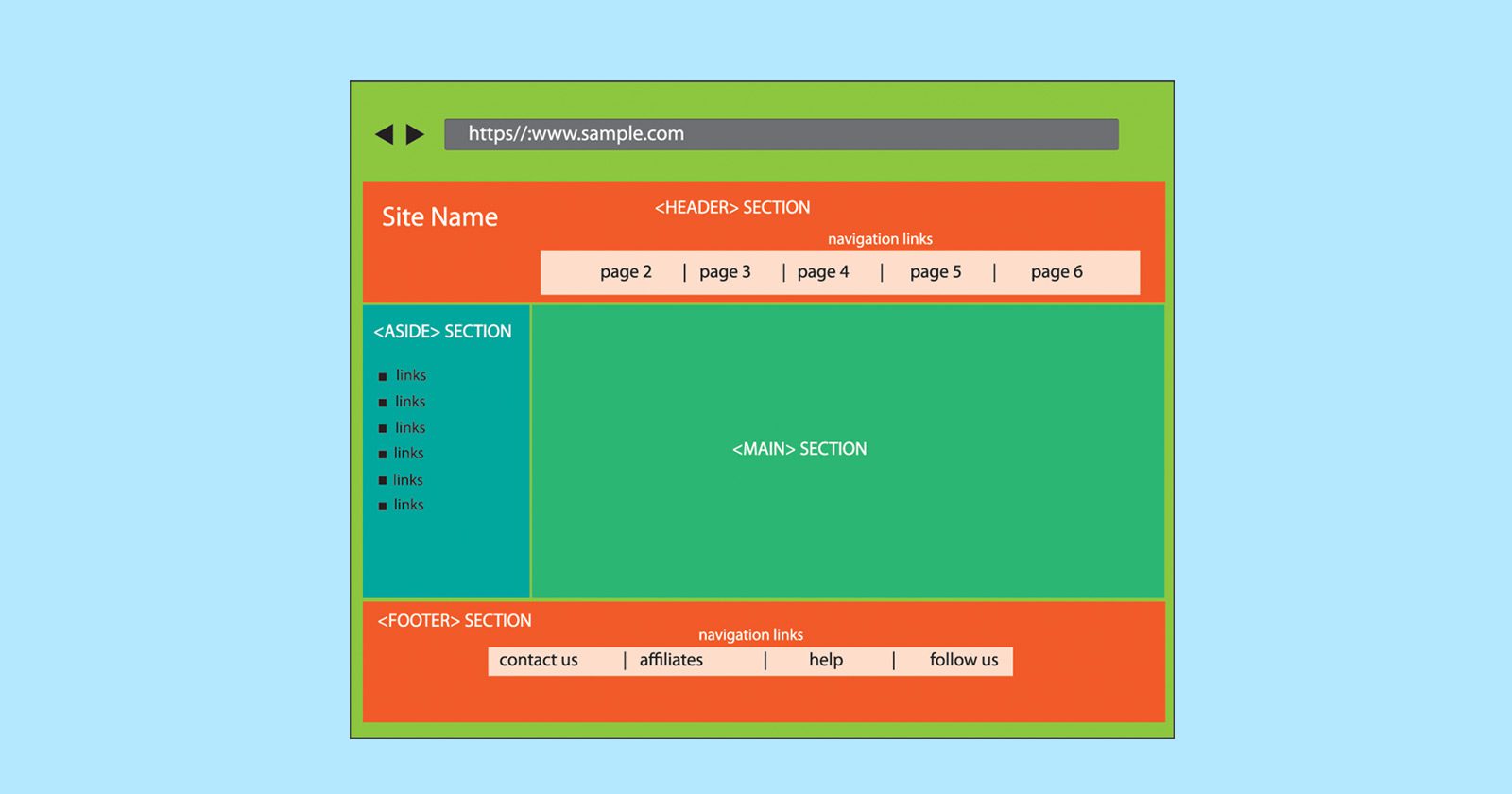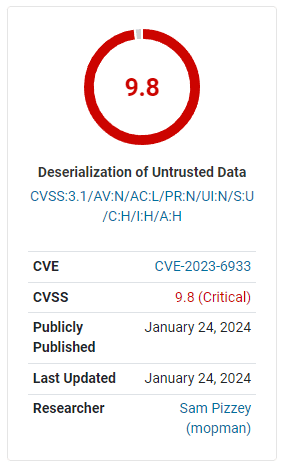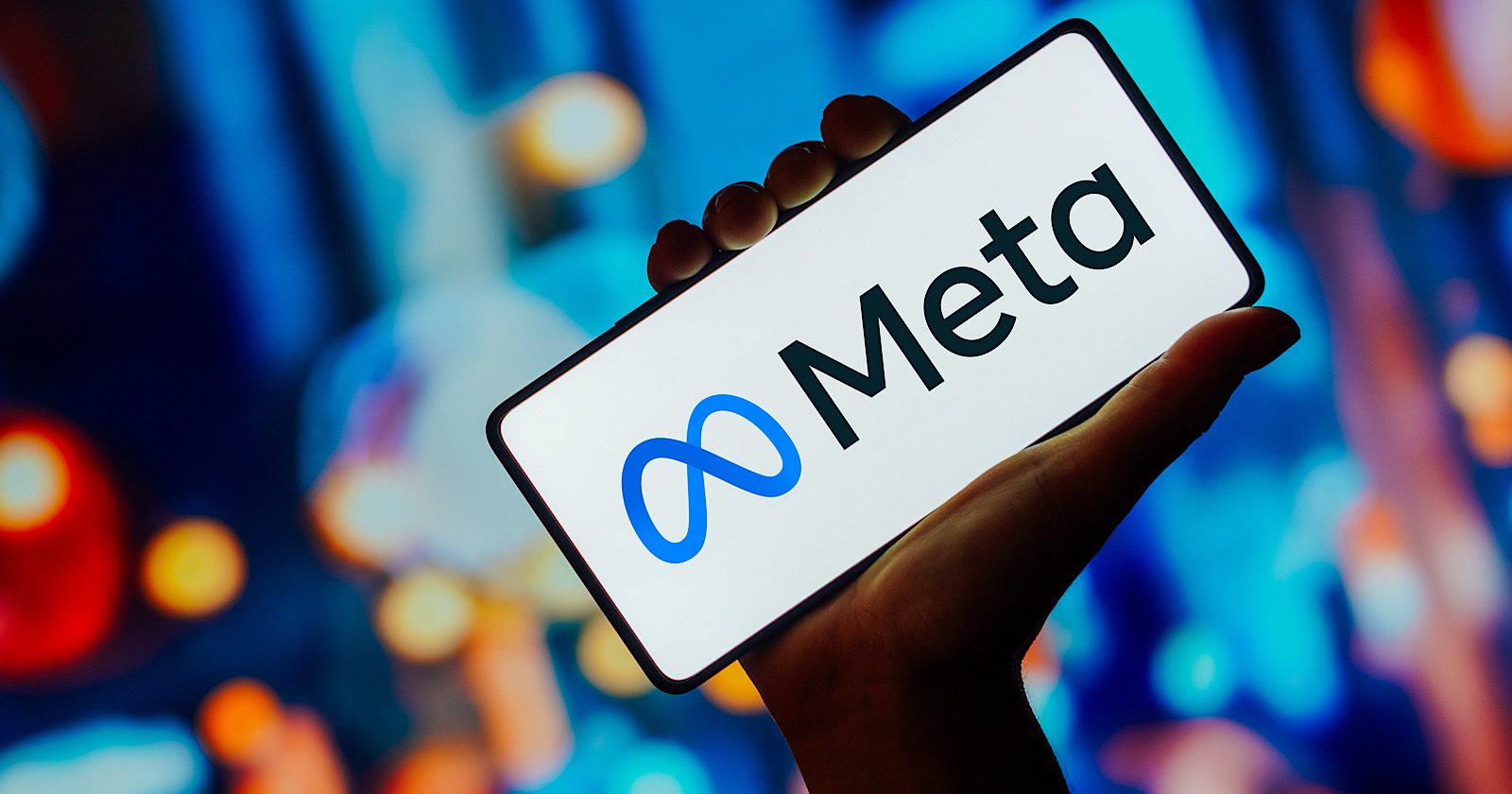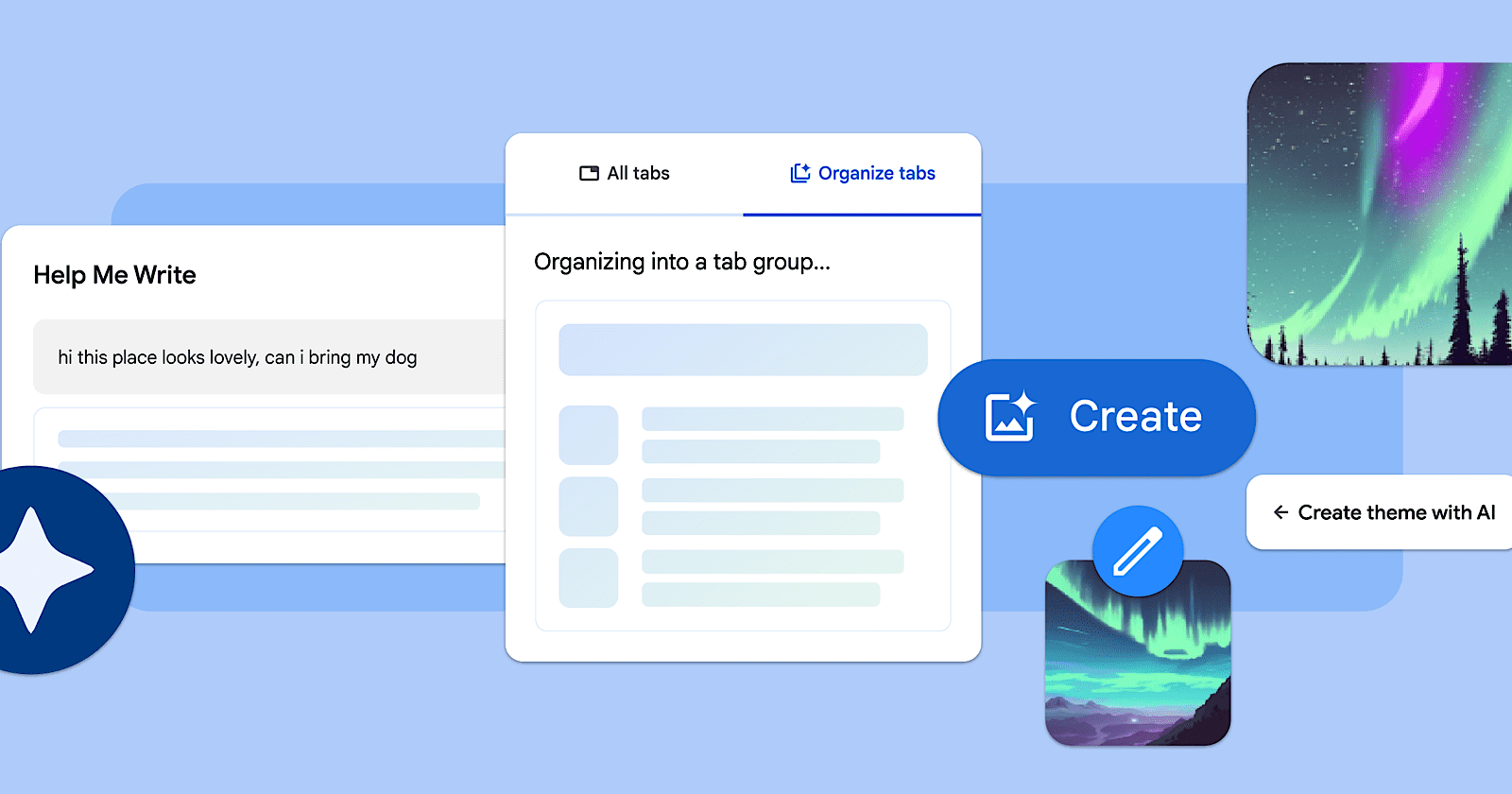Google’s SEO Starter Guide Set For A Major Update via @sejournal, @MattGSouthern

Google’s SEO Starter Guide, a critical resource for search engine optimization professionals, is undergoing a significant revision.
The impending update was announced on the latest episode of “Search Off The Record,” a podcast featuring Google’s Search Relations team members.
First launched years ago, the SEO Starter Guide aims to explain the basics of improving website visibility in Google Search results.
According to Gary Illyes and Lizzi Harvey, the existing guide needs to be updated and will see significant changes.
Primary Resource For Aspiring SEO Professionals
With over 8,000 words of advice, the current SEO Starter Guide remains one of the most visited resources on Google’s Search Central site.
“This is the third most viewed page, which is interesting to me because I would have thought maybe people read it and then they move on,” said Harvey.
The guide consistently ranks high in Google search results for keywords like “SEO,” drawing huge traffic.
Given the guide’s popularity, changes to the content and recommendations could significantly impact how new website owners approach SEO. Some strategies may be deemphasized or omitted entirely.
Goodbye Technical Jargon, Hello General Concepts
A key focus of the overhaul will be simplifying the content for modern users, especially those new to building websites.
The guide, known for its extensive reach and high view rates, is set to become more concise and relevant.
“Our current draft that we have right now is around the 3000 mark,” Harvey revealed, highlighting the goal to eliminate redundancy and outdated advice.
Illyes says the revised guide should focus more on general SEO concepts than technical details. For example, understanding the importance of page title tags without manually editing HTML code.
The changes reflect the rise in popularity of content management systems (CMS) like WordPress and website builders like Wix. These tools automate much of the technical SEO work, allowing users with minimal coding skills to optimize web pages.
Dispelling SEO Myths and Reinforcing Best Practices
During the episode, the hosts tackled the perennial declaration that “SEO is dead,” a statement that periodically surfaces within the industry.
Contrary to this claim, the SEO Starter Guide’s popularity and positive feedback signal a robust and ongoing interest in SEO.
“It is our top viewed guide after the home page,” Harvey stated, countering the myth and reinforcing the belief that mastering SEO is as vital as ever for online success.
A Leaner Guide for a Modern Audience
The decision to streamline the SEO Starter Guide reflects a shift towards a more focused and user-friendly approach.
With information overload being a common challenge, the revised guide aims to provide clear, impactful advice without overwhelming readers.
“I don’t want to have ten different places where we’re doing… like saying the same thing in varying ways,” Harvey explained.
The podcast revealed that the updated guide would prioritize user experience and practical needs.
This includes simplifying complex topics and ensuring the guide remains accessible to beginners while providing value to seasoned professionals.
In Summary
Google is expected to release a revised version of its SEO Starter Guide soon.
The upcoming guide will provide key information about current search engine optimization best practices while removing outdated advice.
This new iteration will likely become an essential resource for beginning and experienced SEO professionals looking to improve website visibility in search results.
Featured Image: Piotr Swat/Shutterstock










